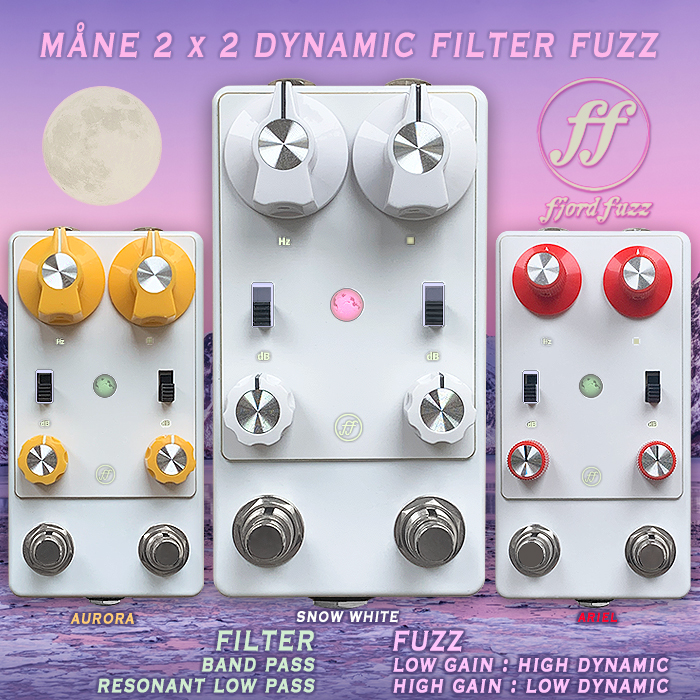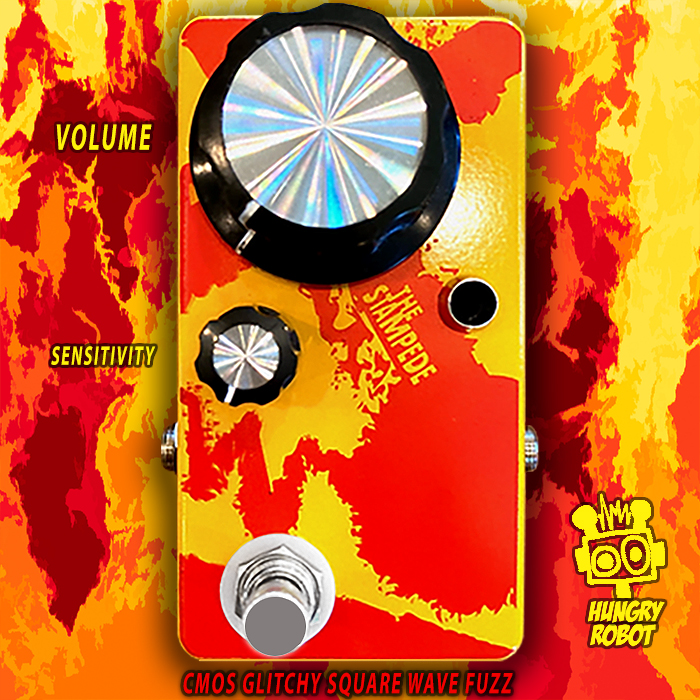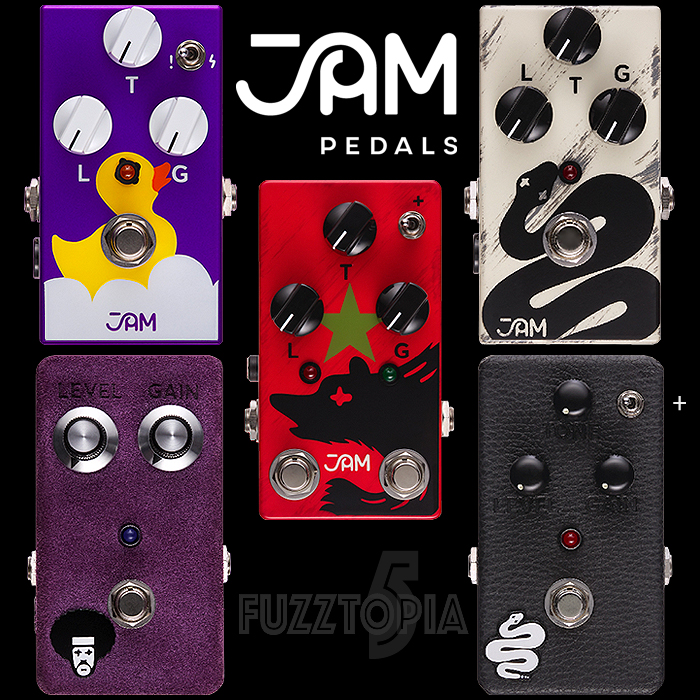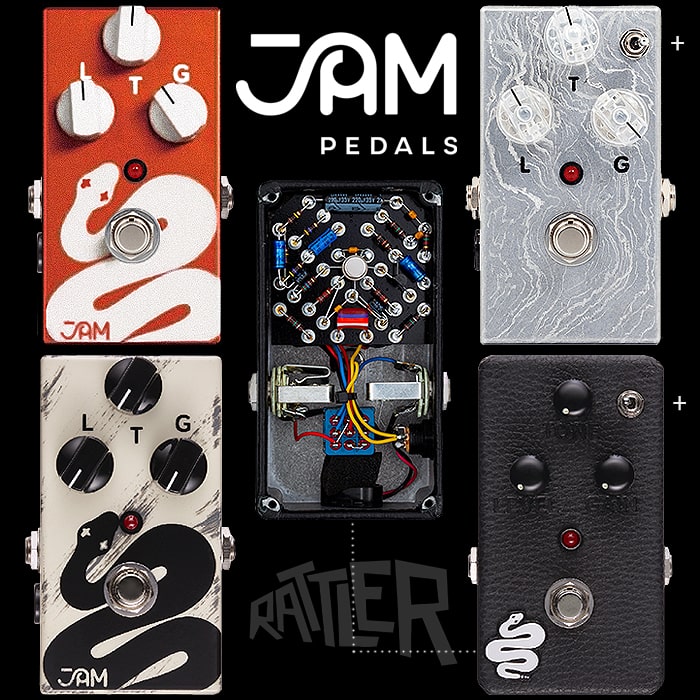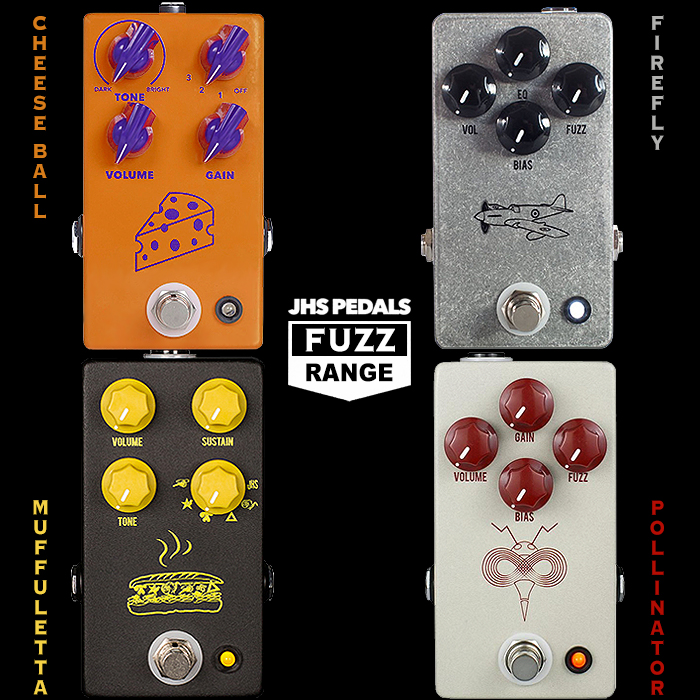2 Filter Fuzzes - TWA Minimorph vs Walrus Audio Kangra
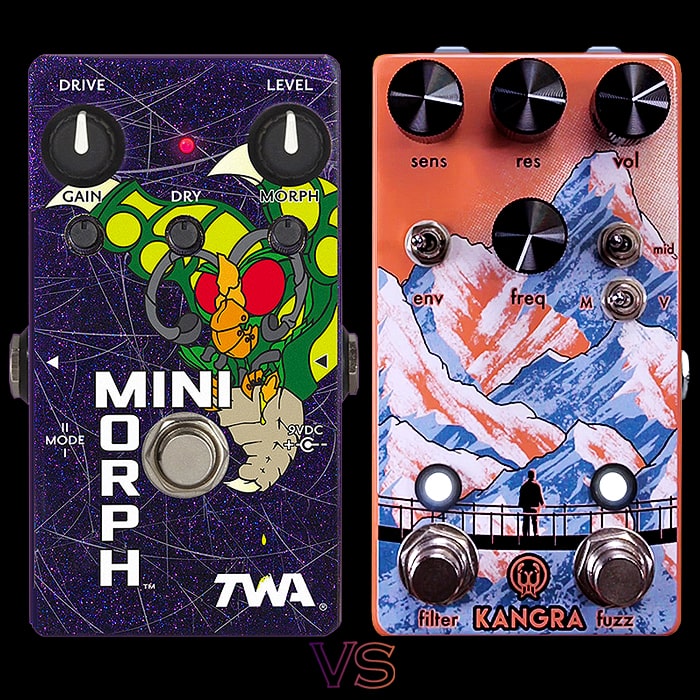
Let me start straight up by saying that these two pedals are not entirely the same thing - but they are in essence Fuzz pedals which use envelope filtering to modulate the fuzz sound in various ways. There is a degree of overlap here also in the kind of tones you can get out of each of these - so I thought it would be handy to do a rough head-to-head comparison and lay out some of my preferences.
The Kangra has obviously just been announced and there are no details yet on the Walrus Audio site as of my writing this - but I expect that to change pretty rapidly. The Minimorph I have have had in my possession for a while now, and TWA pretty accurately describes as (to which I will add some provisos):
"The Minimorph features an envelope-dependent drive circuit where the amount and type of saturation is intricately & inextricably linked to the input signal level. Multi-layered, highly complex waveforms meet & morph to create sizzling, splatter-full effects bordering on the bizarre.
Depending on control settings and playing technique, the MiniMorph™ can expel an almost unlimited variety of filthy, flittering filter effects that will add depth and dimension to your notes. Tight chirps, greasy gurgles, & long, yawning sweeps are all available by simply varying your picking attack."
My take on the Minimorph is that it’s quite a tricky pedal to set up - it reminds me to a degree of my Catalinbread Antichthon Oscillating Fuzz, and the Zvex Fuzz Factory - in that all have very highly sensitive and interactive dials which respond to each other as well as the guitar pickups, volume and tone controls.
If you don’t know what you’re doing you can have a very frustrating time with each of those pedals, and that is probably my biggest criticism of the Minimorph - in that you really have to hunt around for the sweet-spot intersections - as per the Antichthon and the Fuzz Factory. Which is fine if you intend to set-and-forget, but much less so if you’re a tone-tweaker like me.
From what I’ve seen of the Walrus Kangra, it’s different approach makes its pedal much more controllable via the dials and switches available. In effect the controls are split in half on the Kangra - with the Sensitivity, Resonance, Frequency and Auto-Wah/Envelope toggle-switch; while the sort of Octave Fuzz is controlled by Volume, Mid Cut/Boost switch, and Modern/Vintage voicing switch. The Kangra also goes one stage further with separate footswitches for each function - so you can use them independently as well as together.
I can’t say for sure - but the Kangra seems a lot better behaved than the Minimoprh in the dialling-in stakes. I still like my Minimorph - although it took quite a while to get used to it, and a while longer to fully figure out what it was capable of and where all the sweet-spots were hidden.
Right off the bat I would say that if both had been available at the same time, it is unlikely that I would have gone with the Minimorph. As a fuzz-fan of all types, the Kangra goes straight onto the wishlist. We will see if I still feel the same after the more in-depth review:
TWA Minimorph Dynamic Waveshaper Fuzz - $189
As per the above description - this is an envelope-dependent drive circuit which morphs the output into a variety of sizzling, splattery and chirpy tones. You get 5 dials to effect the changes - Drive, Level, Gain, Dry (Blend), Morph (Filter), as well as a 2-position mode / EQ switch on the side of the pedal which gives you either full-range or more pronounced higher frequencies. My initial forays proved to be somewhat frustrating as this is not a pedal you can start with everything in the 12 o'clock position. Much like the Fuzz Factory and Catalinbread Antichthon as mentioned - you need to spend some time tweaking and seeing where you get to. This circuit is really quite input sensitive, and like many fuzz circuits prefers to live on the neck pickup. You need to tweak a lot of knobs in tandem and lower your guitar volume too to get the best out of this pedal. That's not to say it can't deliver great tones - but I see this much more as a studio / experimental pedal than something you would rely on for live playback - as all the different sensitivities involved make it relatively difficult to replicate favourite settings. This pedal is really not for novices - it is best for those who have the patience to dial things in, and actually like playing around with their Guitar Volume and Tone dials. I would think though it could be a woefully frustrating experience for many players.
Walrus Audio Kangra Filter Fuzz - £179
Even though the Fuzz element here is not particularly controllable - it is still more so than on the Minimorph. Master Volume, Mid Cut/Boost switch and Modern/Vintage Voicing switch are all the controls you get for that - including of course a separate activation Fuzz footswtich. On the other side of the pedal we have Sensitivity, Resonance, Frequency and Auto-Wah/Envelope Voicing switch for the Filter portion - again with dedicated Filter footswitch. Judging from the 4 demos I have now viewed and triangulated - the pedal is significantly more controllable and more temperately behaved than the Minimorph. Both are capable of achieving similar textures overall, but the Minimorph is typically wilder and more unrestrained, while the Kangra is more refined and controllable. You still have to spend some time hunting for the sweet spots, but it seems to be a lot less frustrating than on the other pedal. I am a huge fan of independent/stacking dual-footswitch compact enclosure pedals - so I don't doubt that the Kangra will be in the collection at some stage. It's not particularly a flavour I use a lot - but it combines two pedals essentially in one to a degree and might free up some real-estate if you can achieve what you need with this one. The fuzz is slightly gated and sort of octave-fuzz in variety - a Silicon derivative most likely - all in all a pretty cool proposition, but likely 'nice-to-have' rather than essential for most players - be they fuzz-fans or not.
Final Thoughts and Honourable Mentions
Essentially this category should be called Fuzz-Not-Fuzz as this is really a separate sub-genre with still rather specialist application. I would not say either of these were really a must-have - they are both rather 'nice-to-haves' and it depends on what kind of sonic adventure you want here.
I find the Minimorph generally a bit wild and unpredictable and tending towards the frustrating at times - certainly a bit-player for me, and not likely to get that much rotation. I feel I would probably get on better with the Kangra, but again it's a mix of two effects - and there are much better fuzzes, and much better envelope filters out there. I think it's cool to have both in the same enclosure, and while the Kangra still appeals to me - I'm not sure I would really get that much use out of it in amongst my now 140 odd Fuzz pedals.
In a straight head-to-head I would probably take the Kangra, but if you're anything like me, you should know that this pedal is unlikely to be in major circulation on your pedalboard 6 or 9 months down the road - still really cool and a beautiful execution nonetheless.







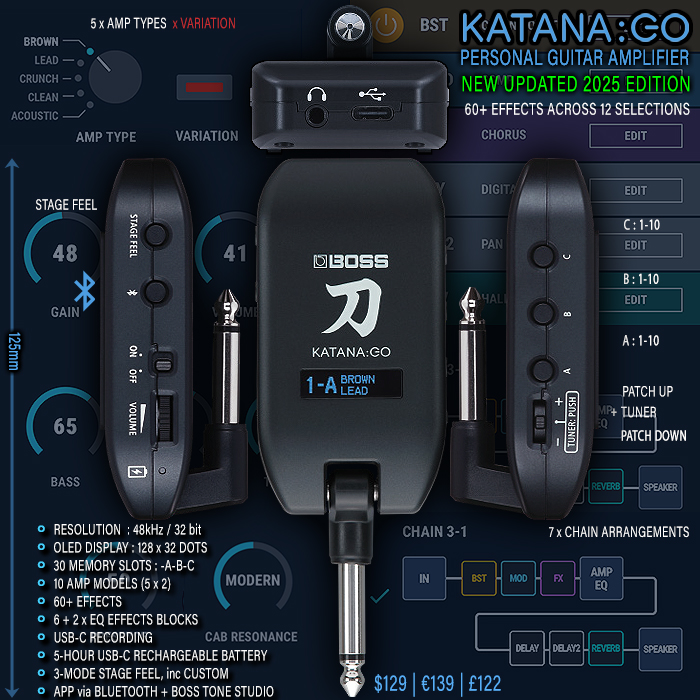
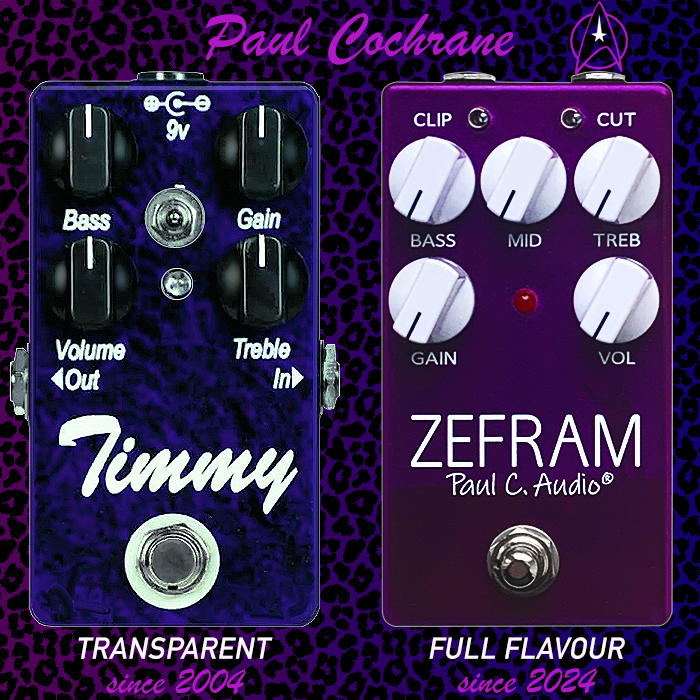
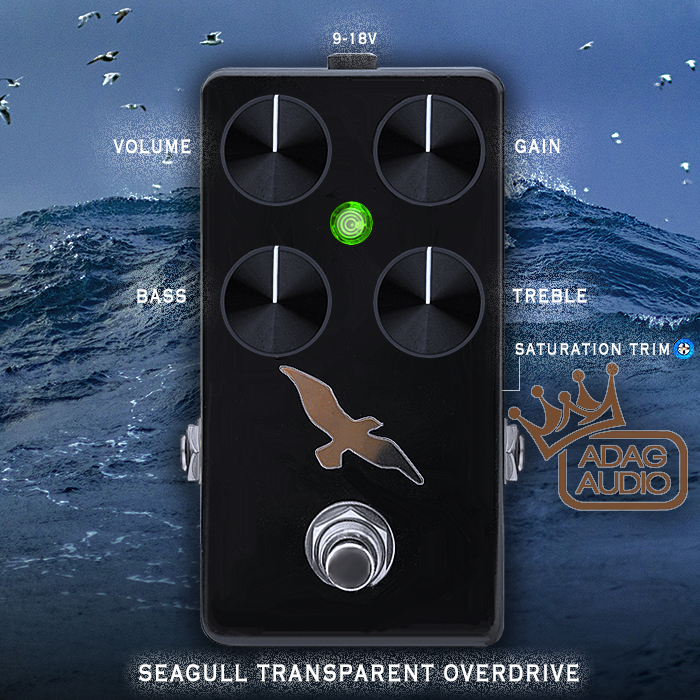
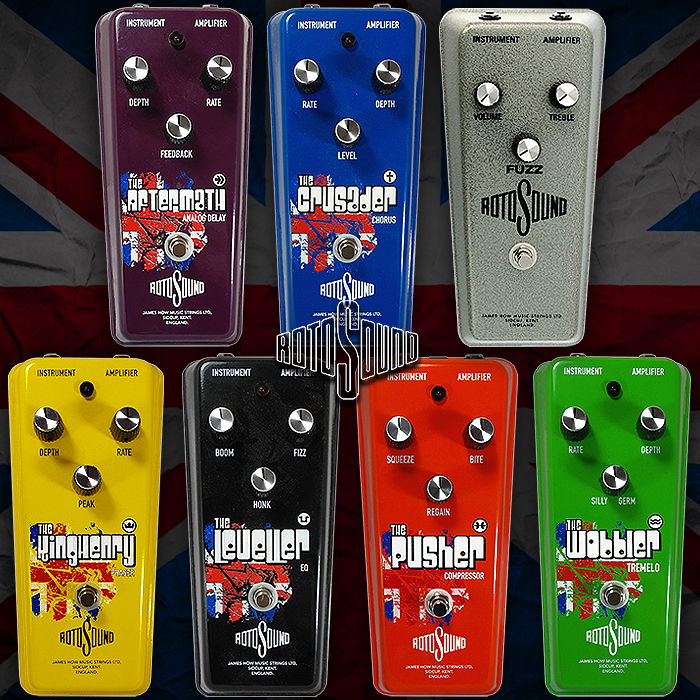
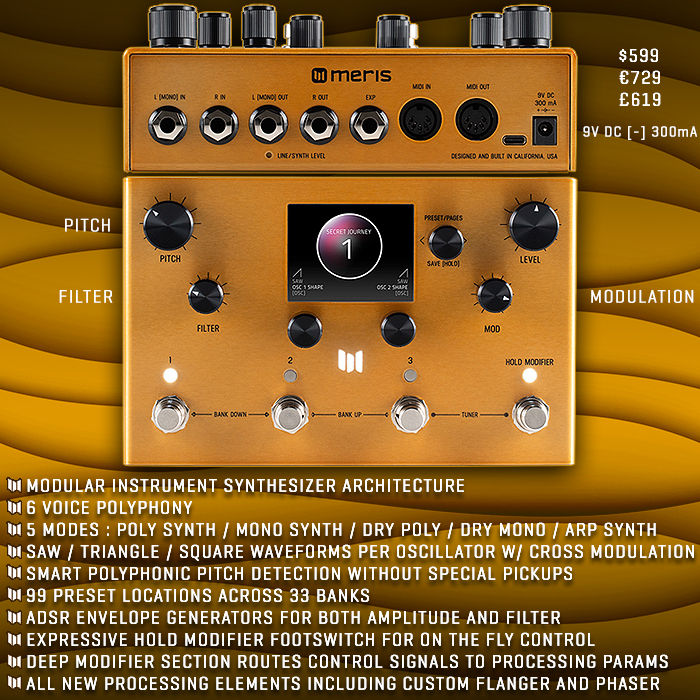




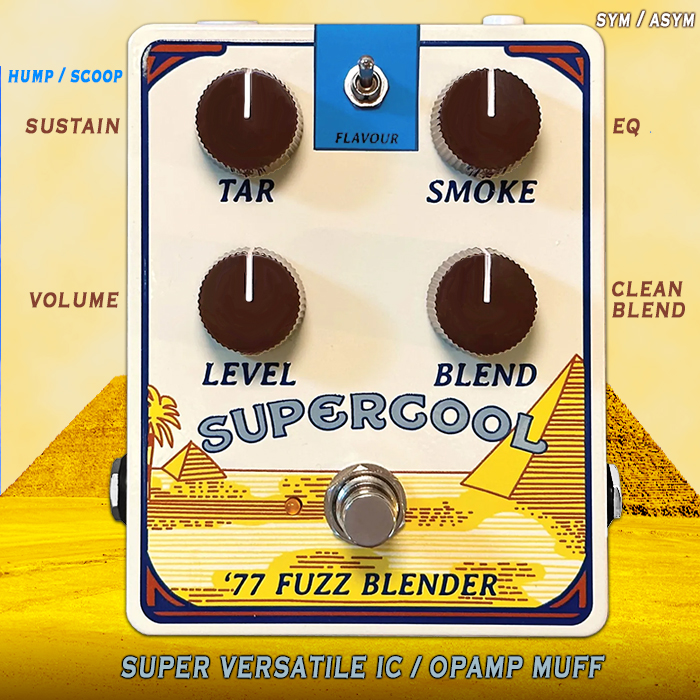

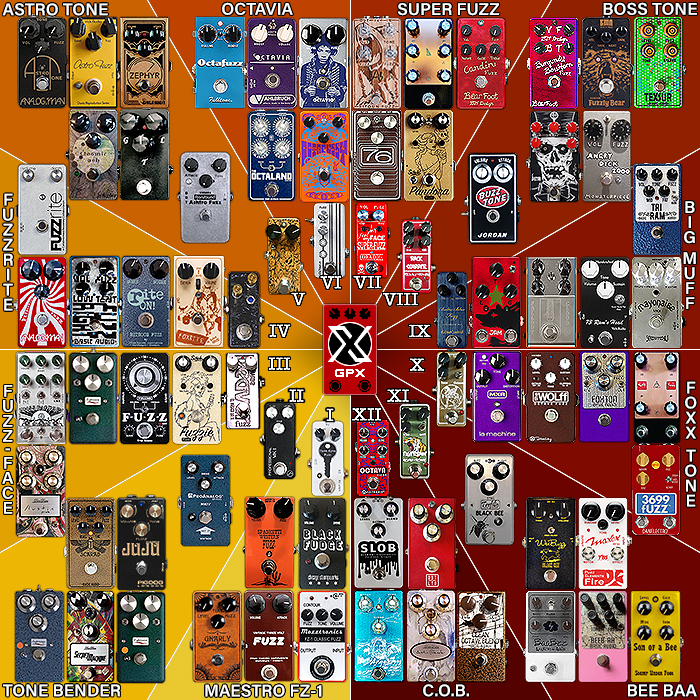
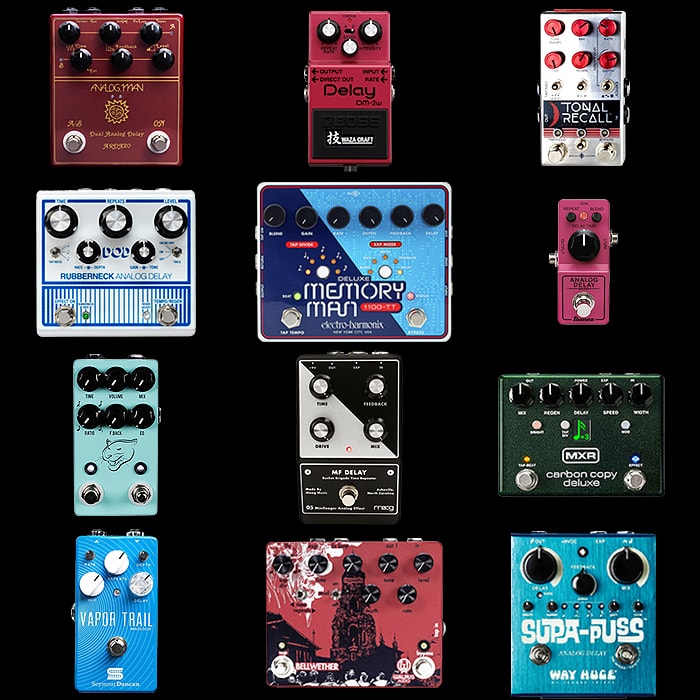
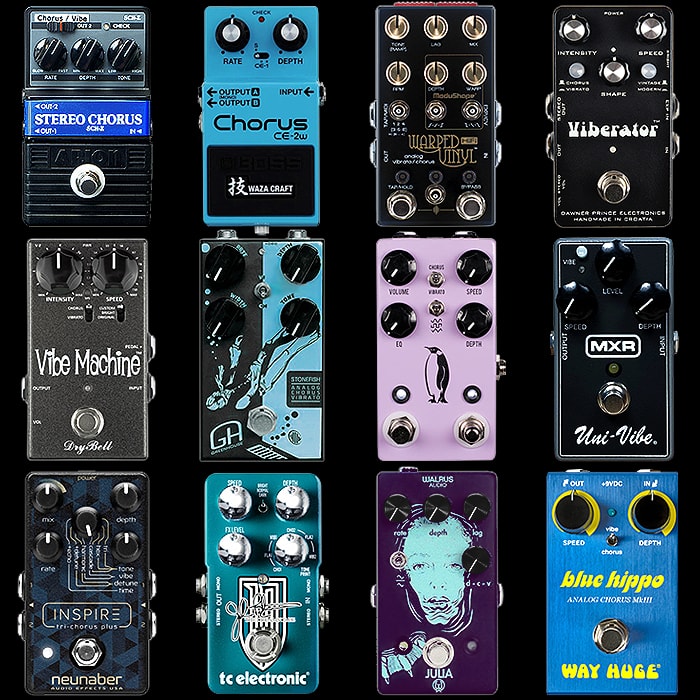
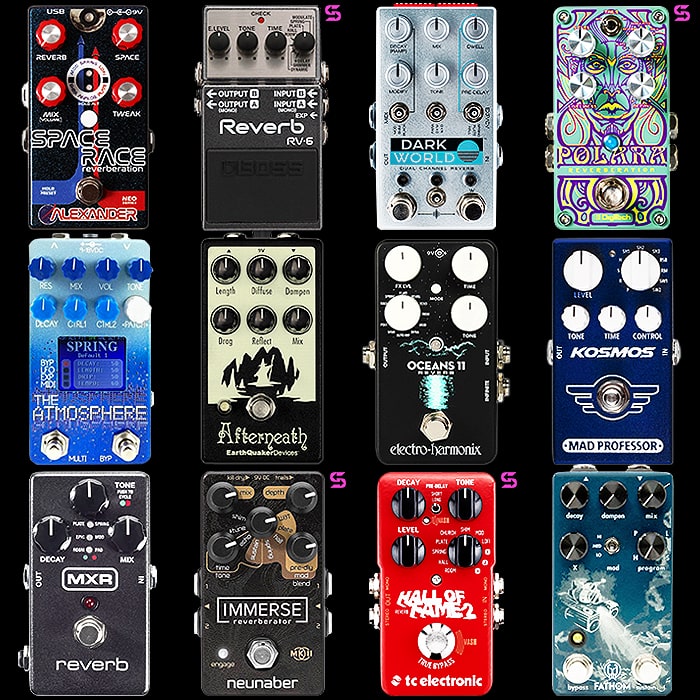


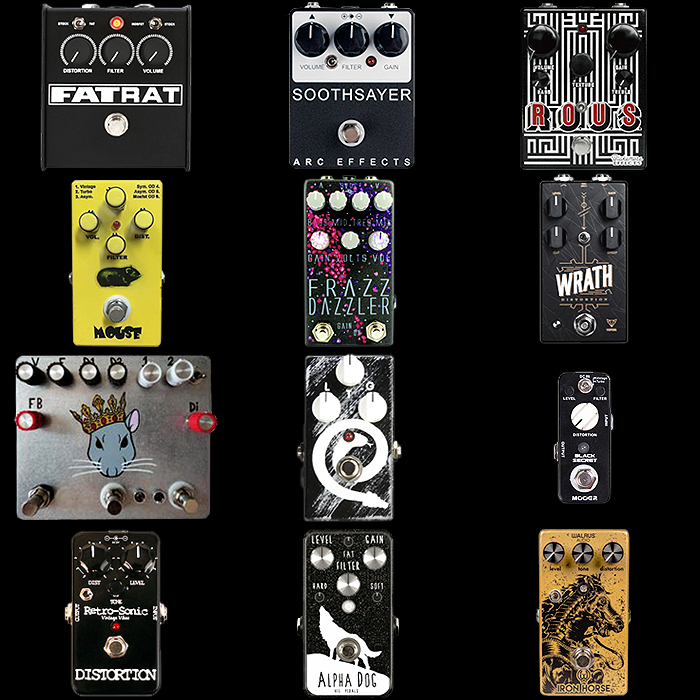
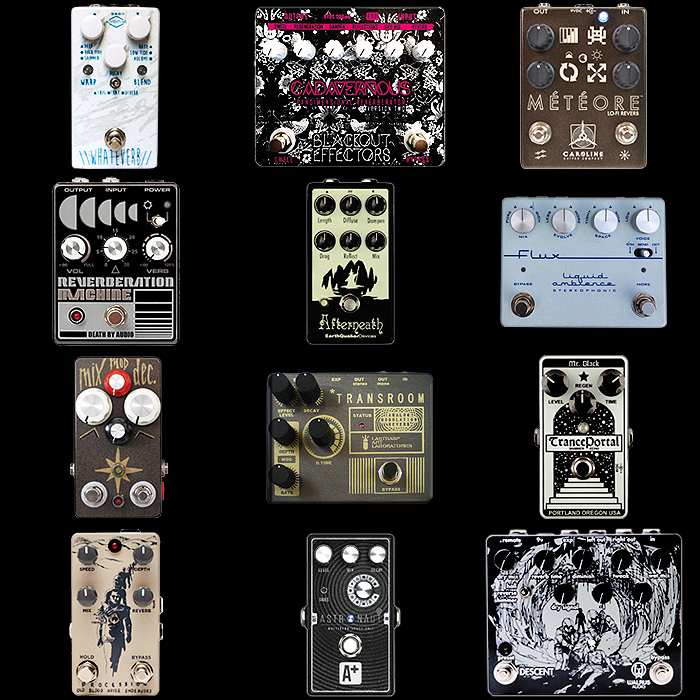
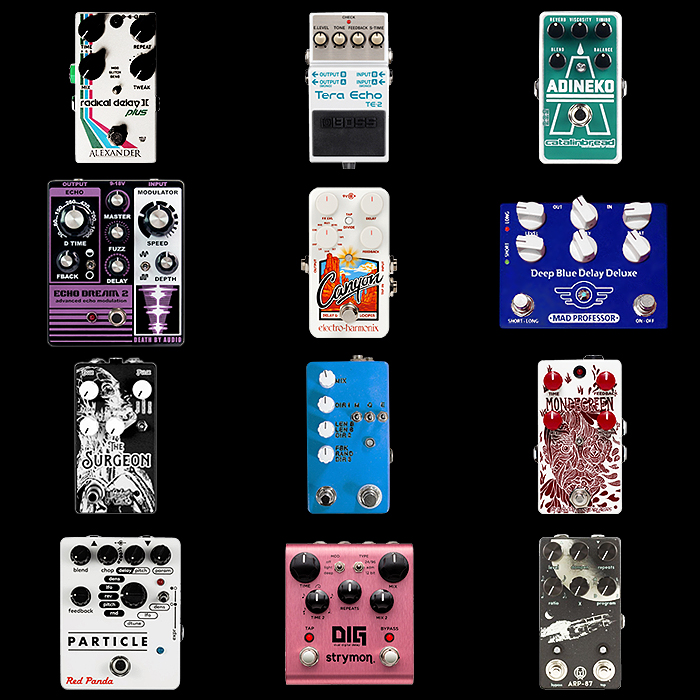
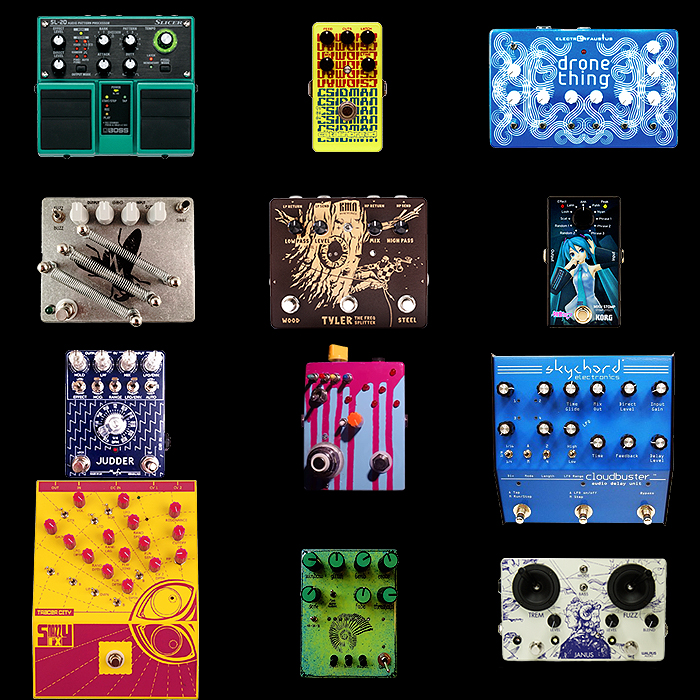

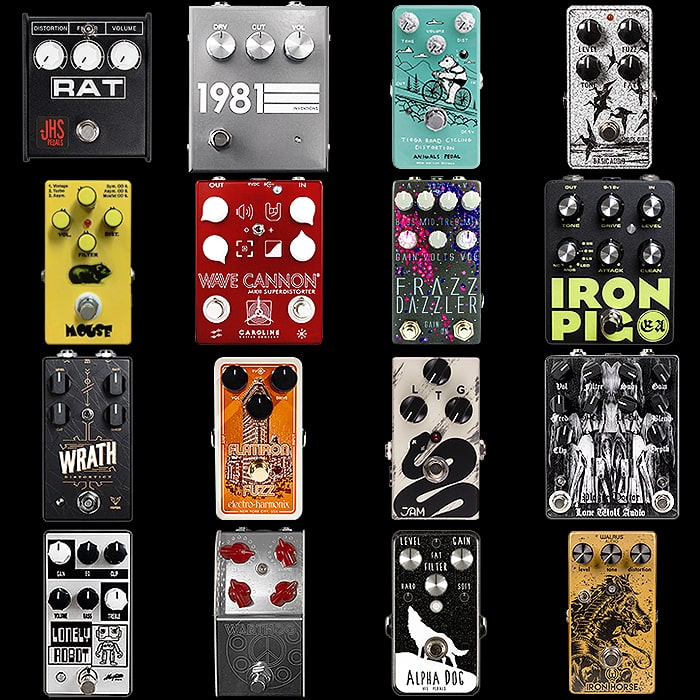
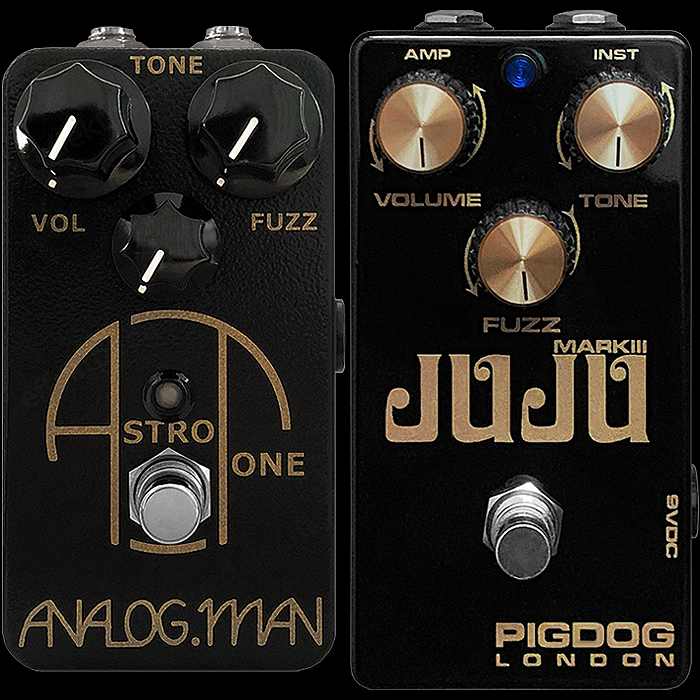
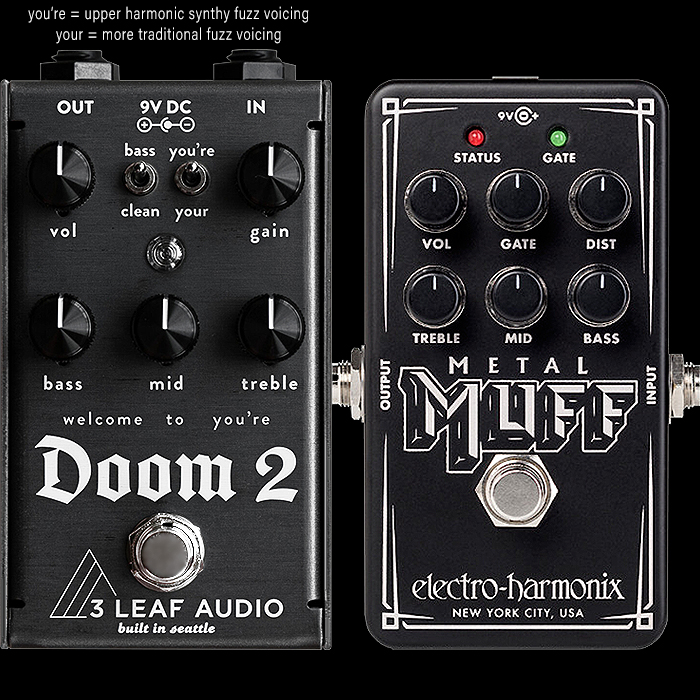
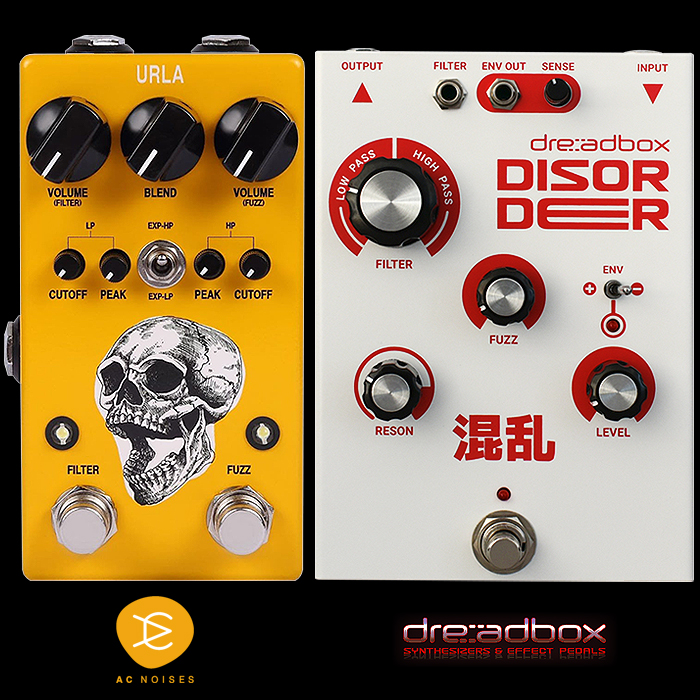
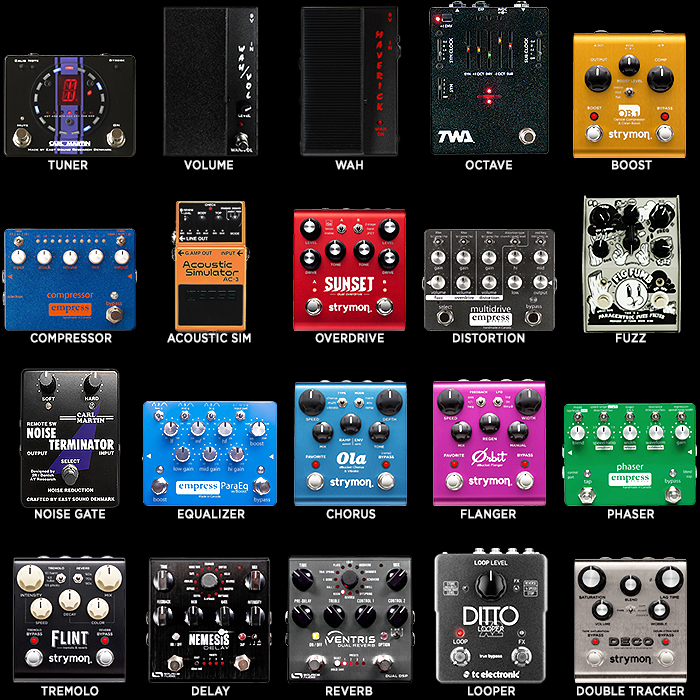
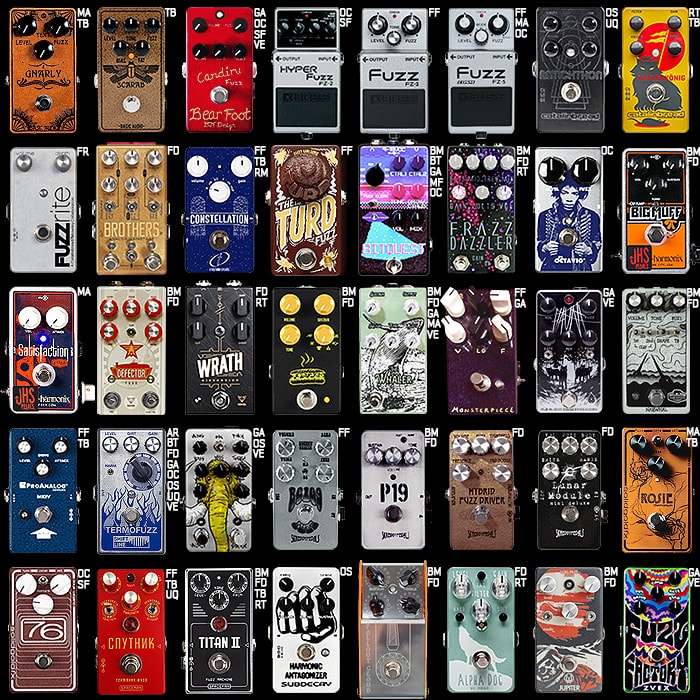
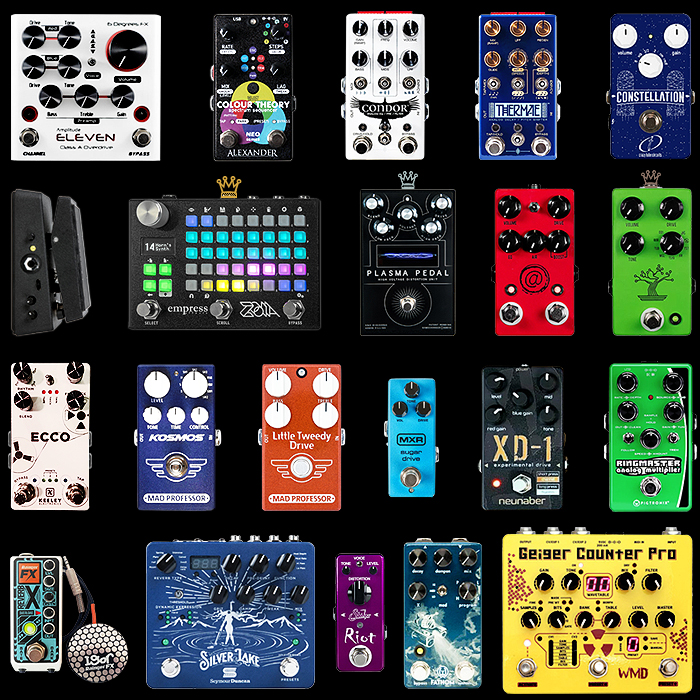

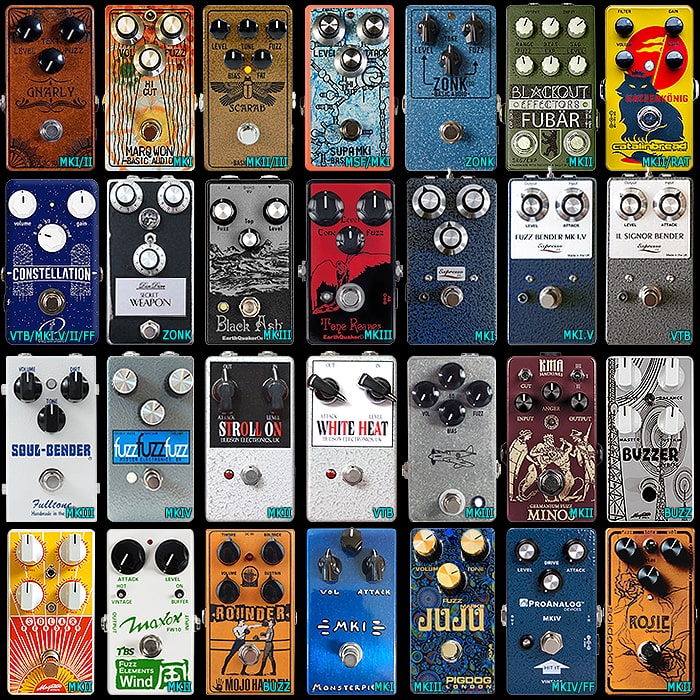
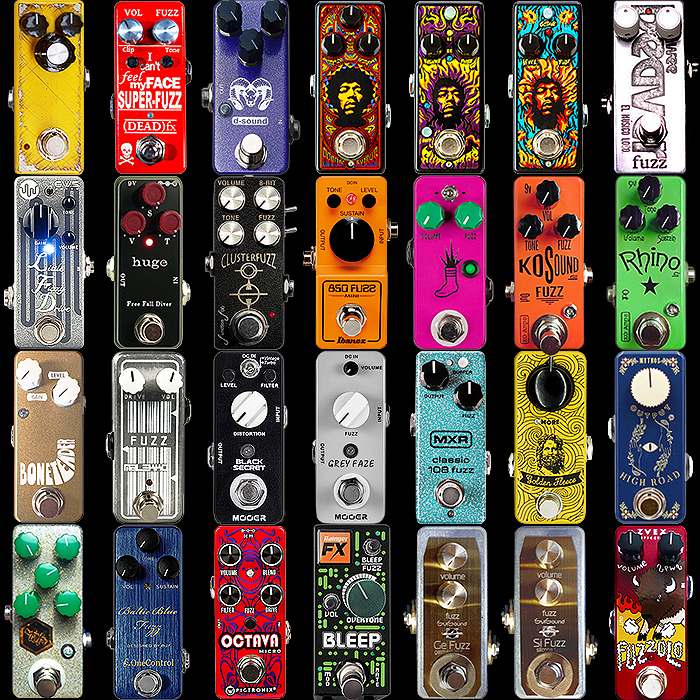
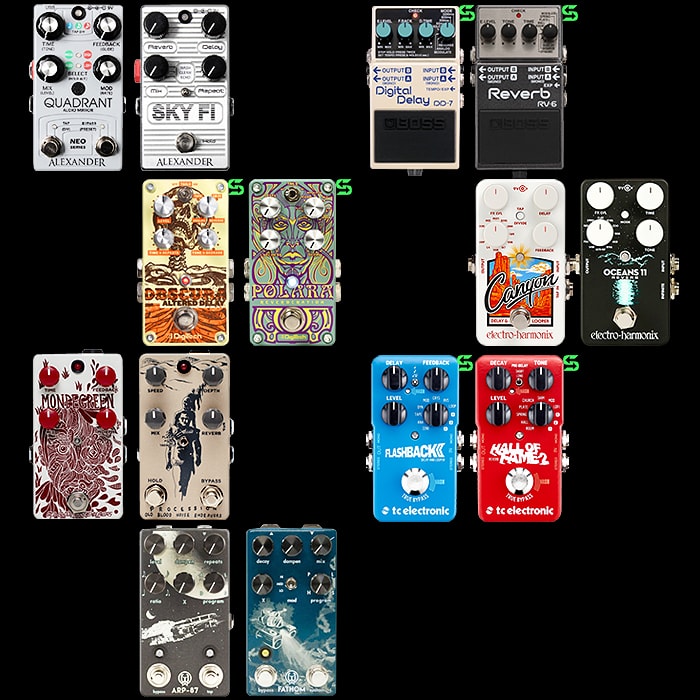
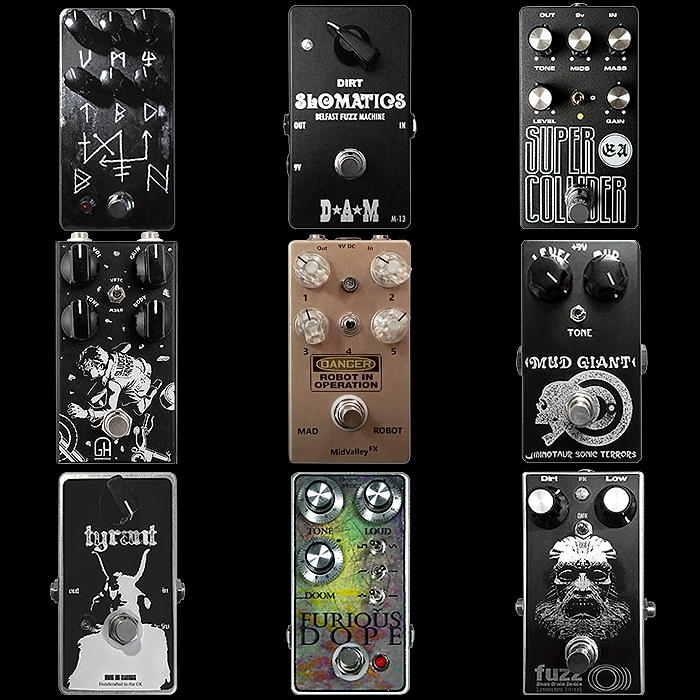

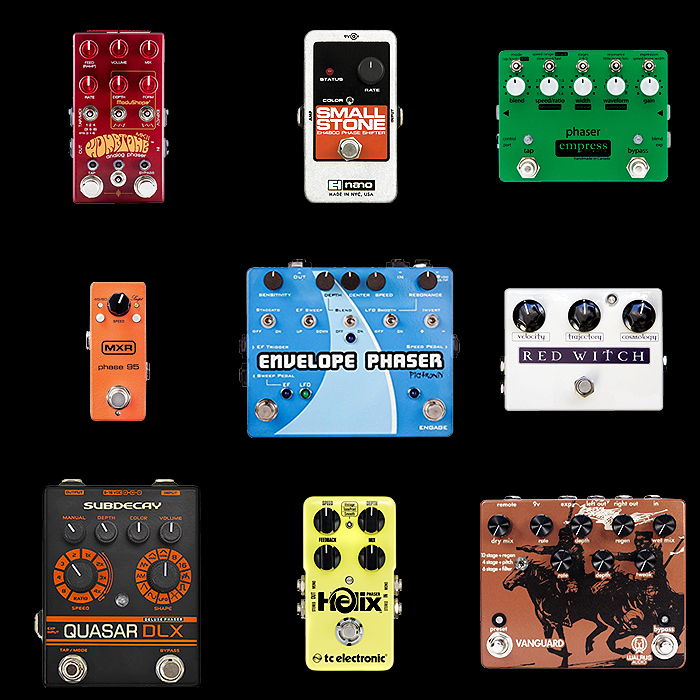

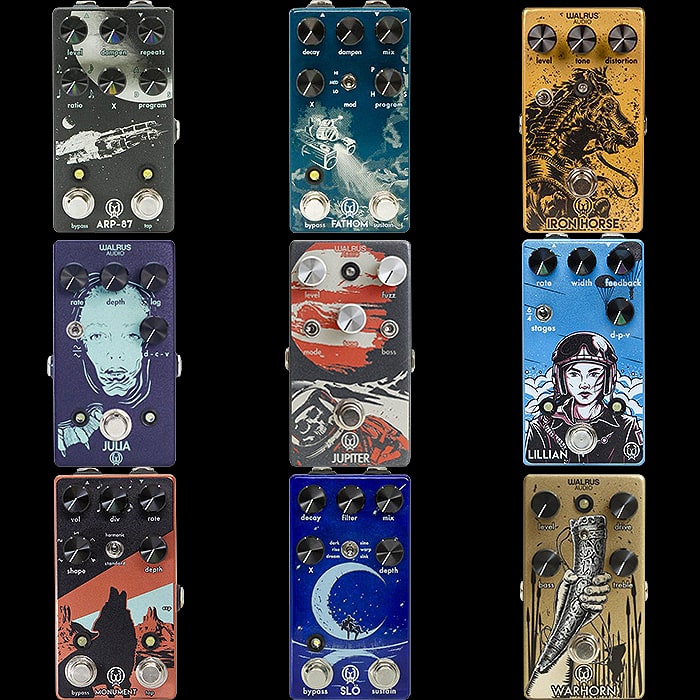
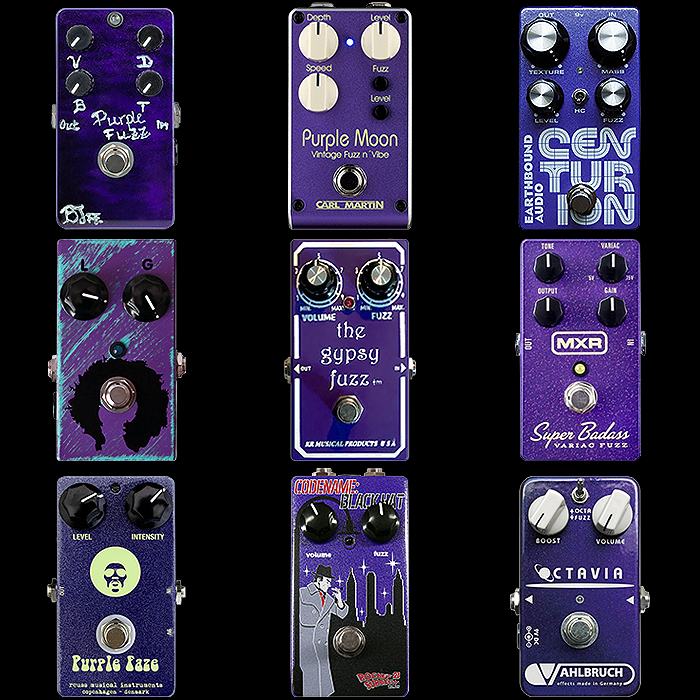
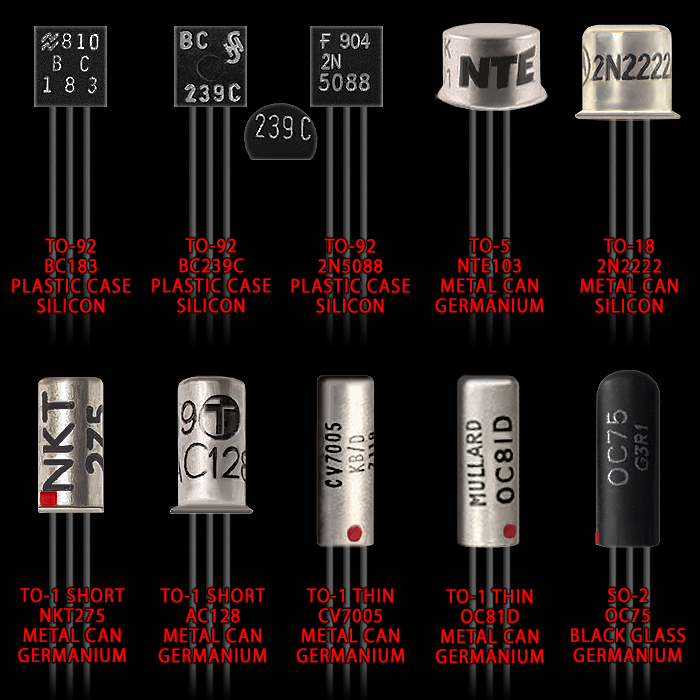
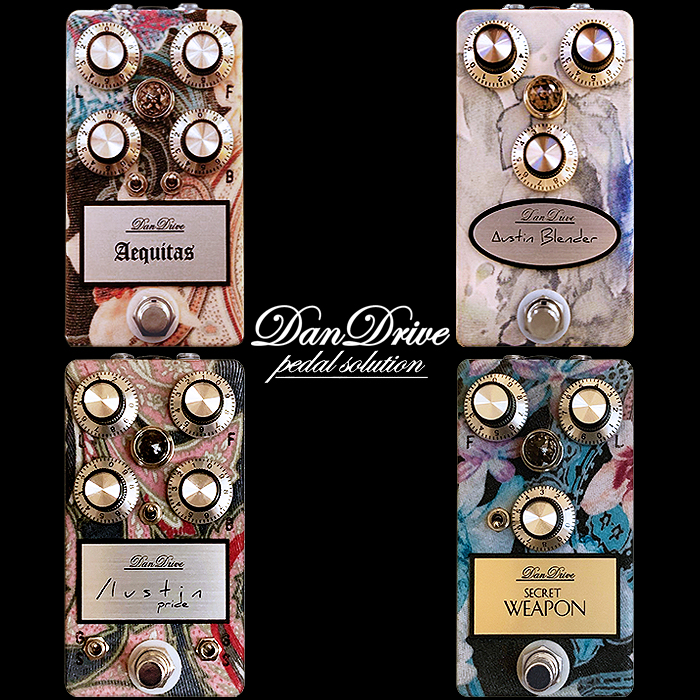
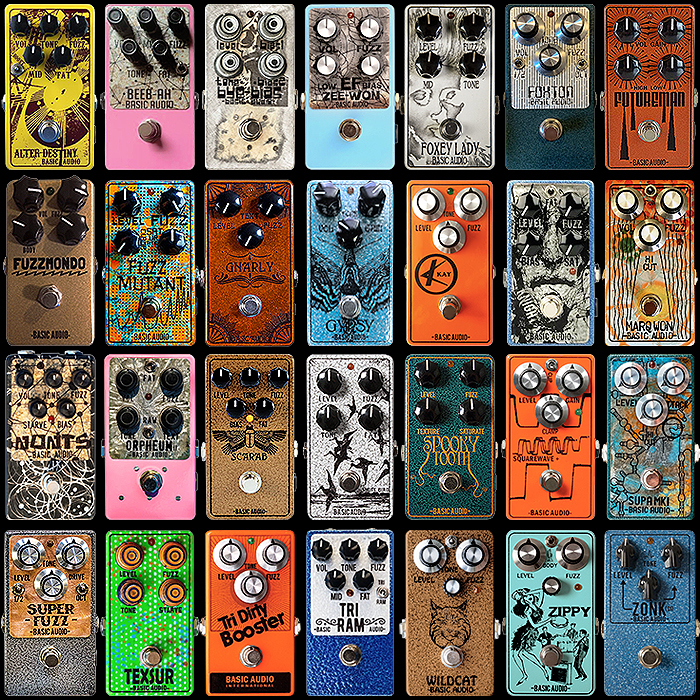
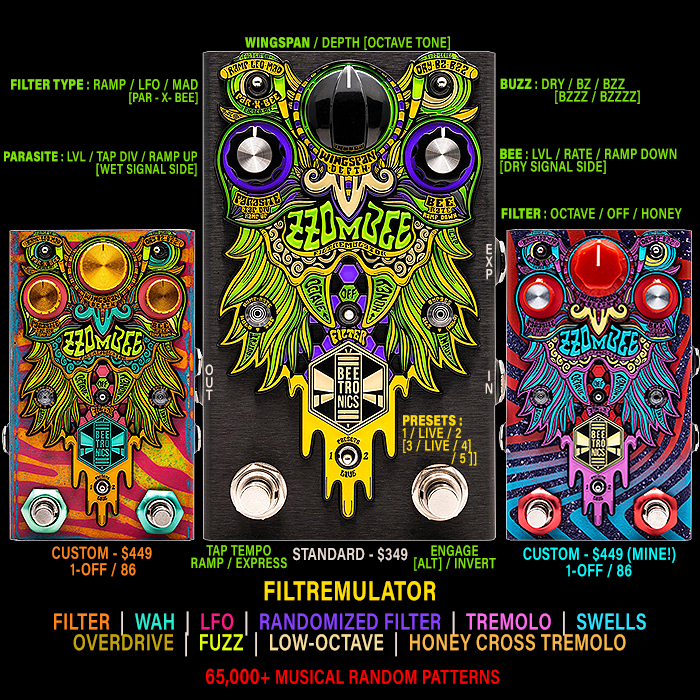
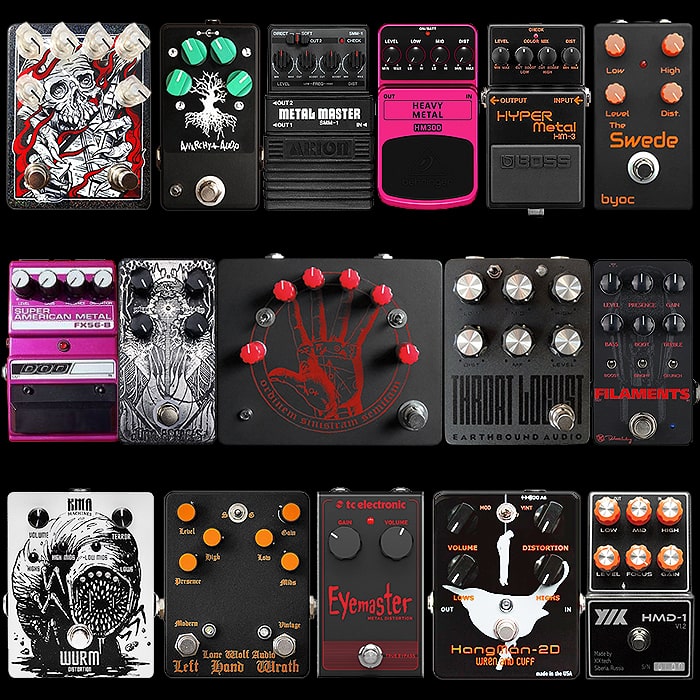
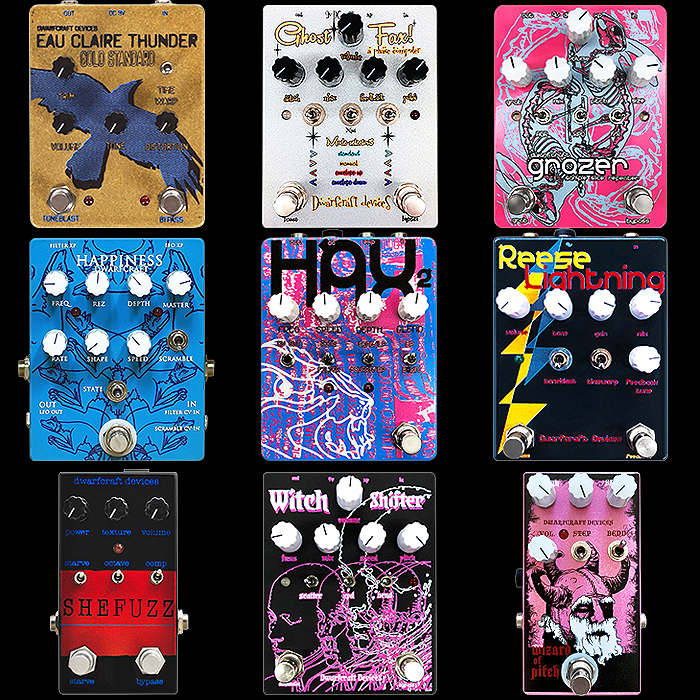
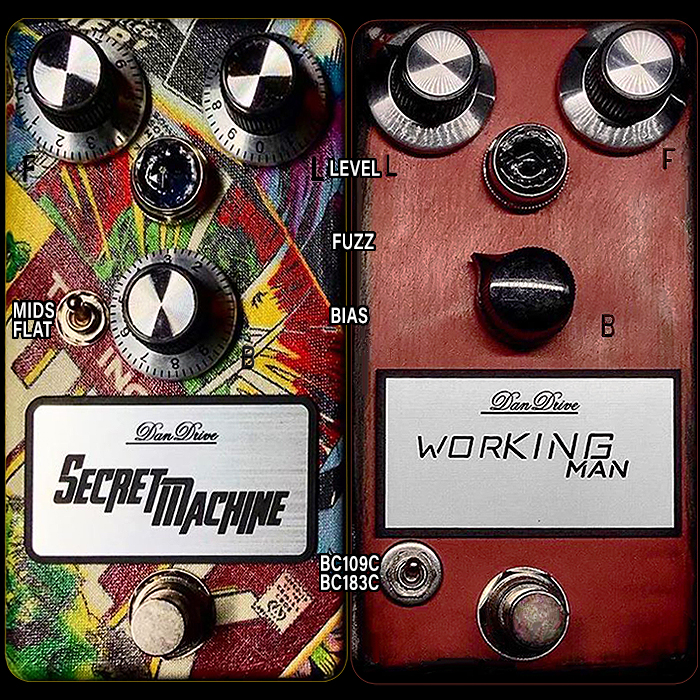
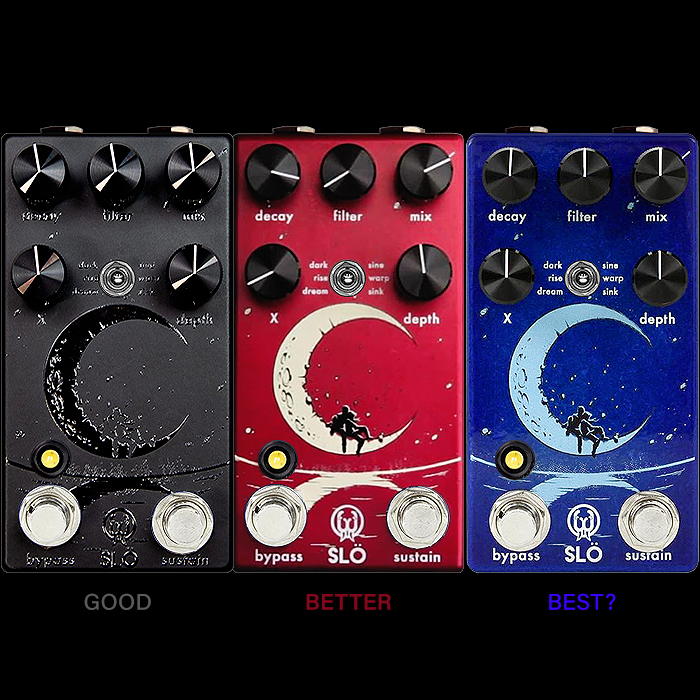
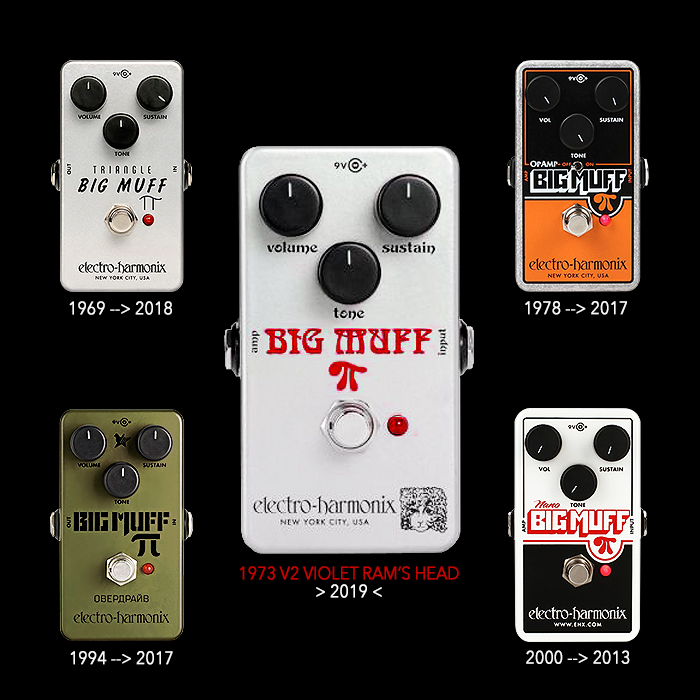

![First-hand Impressions of the Walrus Audio Mako Series II [M1] High-Fidelity Modulation Machine First-hand Impressions of the Walrus Audio Mako Series II [M1] High-Fidelity Modulation Machine](https://d6a2e7ghqts3o.cloudfront.net/AcuCustom/Sitename/DAM/556/2024-GPX-Walrus-Audio-Mako-II-M1-Y-7001.jpg)

